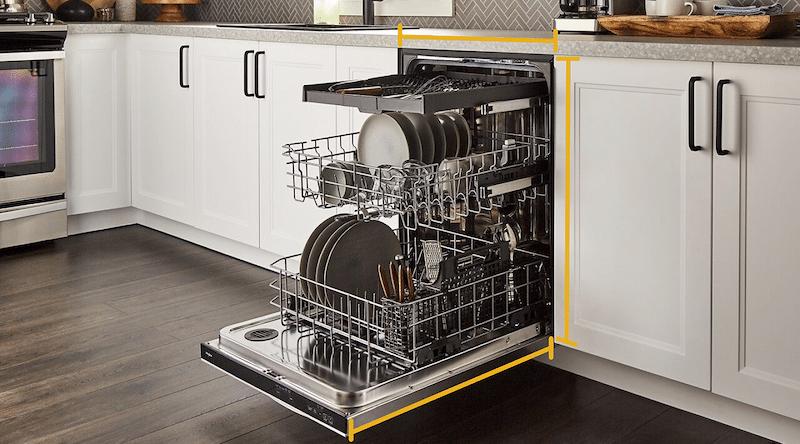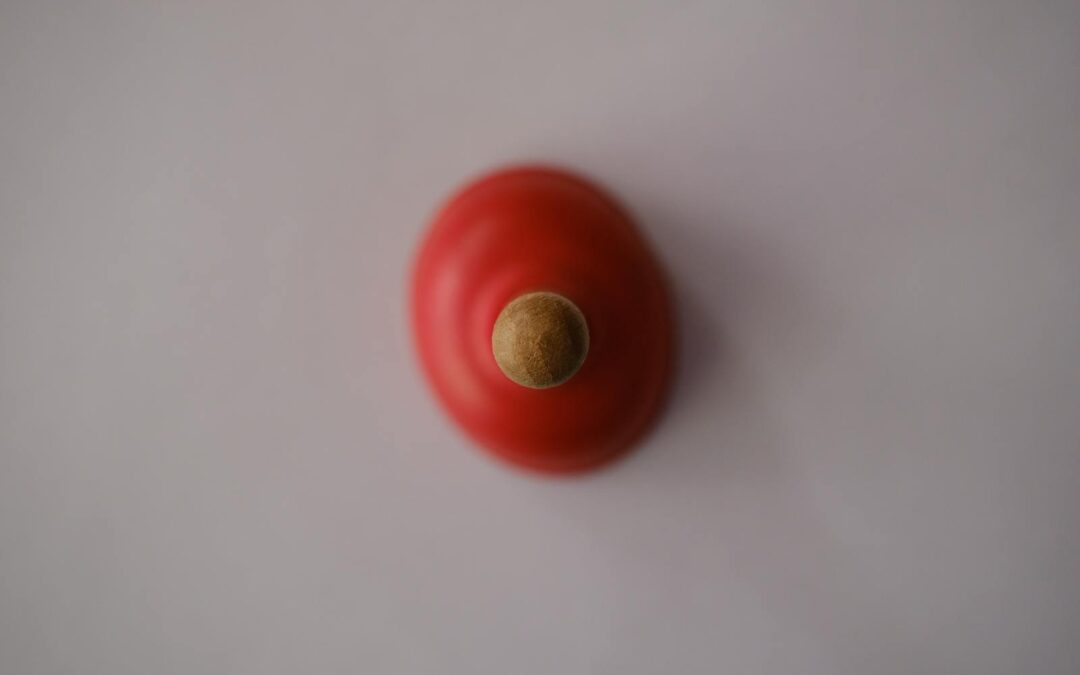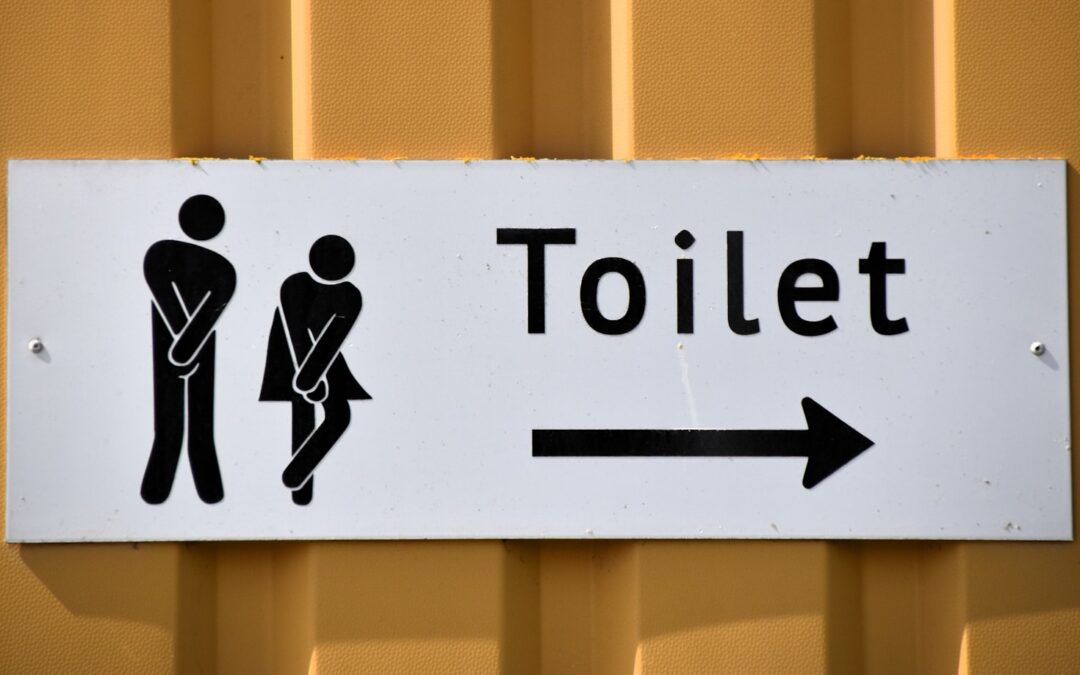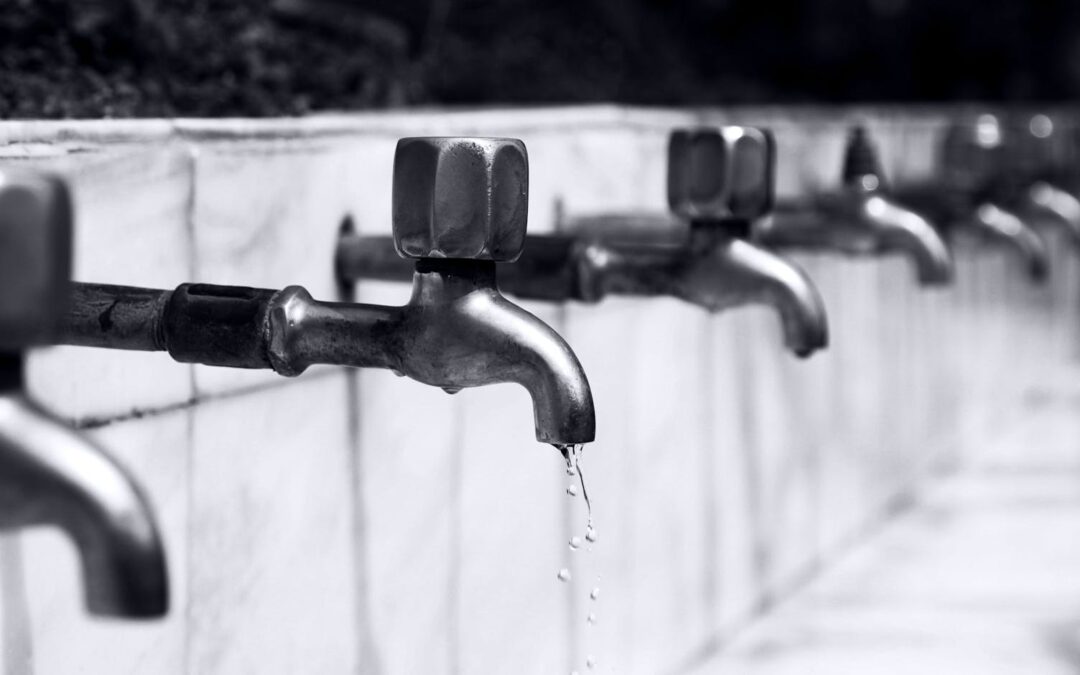Why is my dishwasher not draining? This is a question that we are often asked, and unfortunately, there is no one-size-fits-all answer. There are a number of potential reasons why your dishwasher isn’t draining properly, and in this article, we will explore some of the most common ones.
Reasons Why Your Dishwasher Won’t Drain
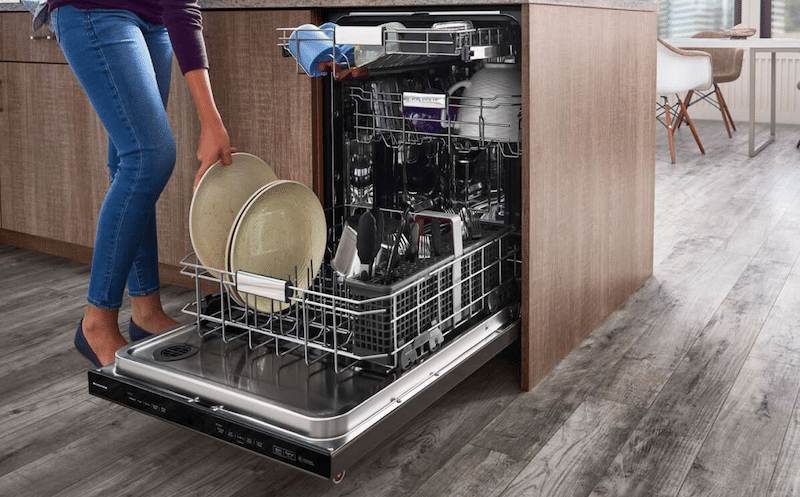
Before you start troubleshooting, you first need to identify the source of the problem. There are a few common reasons why your dishwasher doesn’t drain completely:
Schedule Service Online
Get a free estimate so you know what you're signing up for
"*" indicates required fields
For Emergency Services Call: 410-255-9300
The Dishwasher Drain Hose Or Sink Is Blocked
The most common reason for a dishwasher not draining properly is a blockage in either the drain hose air gap or the sink. Drain hose clogs can also occur where the hose is attached to the main household drain line. If there is food or grease build-up within the hose, it could be causing water to back up and not drain away as it should.
To perform a drain hose check, start by disconnecting the hose from the dishwasher. Next, place the end of the hose into a bucket and run the dishwasher on a short cycle. If water begins to fill up within the bucket, you know there is a blockage within the drain hose.
To unblock your drain hose, start by running hot water through it for a few minutes. This will help to loosen any food deposits or grease that might be causing the blockage. If this doesn’t work, you may need to use a plunger or a plumbing snake to clear the blockage.
If your dishwasher is draining into the sink, there is also a chance that the sink’s drain is blocked. Check the disposer inlet or pipe where the dishwasher drain hose connects under your sink, and clear any corrosion with a small screwdriver.
You can try using a plunger or a plumbing snake to unblock a sink drain. If you don’t have either of these tools, you can pour a mixture of baking soda and vinegar down the drain and leave it to sit for 30 minutes. After 30 minutes, run hot water down the drain to flush away the blockage.
The Drain Pump Is Damaged Or Defective
If your dishwasher won’t drain and you’ve ruled out a blockage, the drain pump is next to check. The drain pump helps to remove water from the dishwasher and is located within the appliance, usually near the bottom.
If the drain pump is damaged or defective, it will need to be replaced. We recommend calling a qualified engineer to carry out this repair, as it can be tricky to access and replace a dishwasher’s drain pump.
Once the new drain pump has been fitted, your dishwasher should start draining properly again. However, if you find that the problem persists, there may be an issue with the appliance’s control board or another electrical component. In this case, it’s best to call out a qualified engineer to diagnose and fix the problem.
The Filters Are Dirty
Dishwashers have filters that help to catch food particles and prevent them from recirculating around the appliance. Over time, these filters can become clogged with dirt and debris, which can cause problems with the dishwasher’s draining.
To clean your dishwasher’s filters, start by disconnecting the power supply and then removing the filters. These are usually located near the bottom of the dishwasher, behind a small access panel.
Once the filters have been removed, soak them in a solution of hot water and vinegar for 30 minutes. This will help to break down any dirt or debris that might be clogging up the filters. After 30 minutes, rinse the filters off with hot water and then dry them before putting them back in place.
After cleaning the filters, run a dishwasher cycle on empty to see if the problem has been fixed. If your dishwasher still isn’t draining properly, there may be another issue that needs to be addressed.
What To Do When Your Dishwasher Won’t Drain
Standing water and dirty dishes aren’t fun. Here’s how to fix your dishwasher easily!
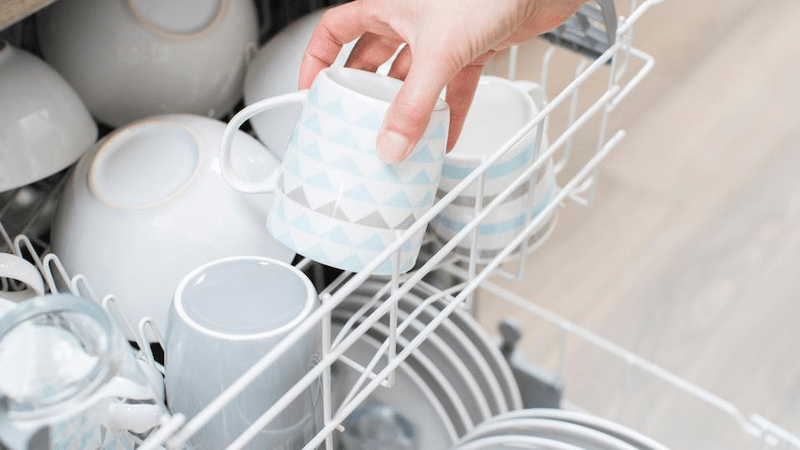
Listen To Your Machine While It’s Running
If you think your dishwasher isn’t draining properly, the first thing you should do is listen to it while it’s running. If you hear water sloshing around inside the tub or bubbles forming in the wash water, that’s a good sign that the dishwasher isn’t draining properly.
Check For Blockages
If your dishwasher isn’t draining, there’s a good chance that there’s a blockage somewhere in the system. The most common place for a blockage to occur is in the drain hose, which can become clogged with food deposits or grease over time.
Run The Disposal
If your dishwasher drains into the same drain as your garbage disposal, it’s possible that the disposal is the cause of the problem. To check, run the garbage disposal and see if it seems to be working properly. If you hear a humming noise, but the disposal doesn’t seem to be doing anything, there’s a good chance that it’s jammed.
If the disposal is jammed, you’ll need to unjam it before you can use it again. To do this, start by disconnecting the power supply and then removing the disposal’s cover. Once the cover is off, you should be able to see the blades of the disposal. Use a pair of pliers to grab the blades and turn them. This should help to unjam the disposal.
Load The Dishwasher Correctly
If your dishwasher isn’t draining properly, it could be because it’s not being loaded correctly. Dishwashers have filters that need to be clear in order for the machine to work properly. If these filters are blocked by dishes or other objects, the dishwasher won’t be able to drain properly.
To fix this problem, start by loading the dishwasher correctly. Make sure that all of the dishes are placed facing down so that water can easily reach the filters. Also, try to avoid overcrowding the dishwasher. If there are too many dishes in the machine, it won’t be able to clean them properly, and they’ll just end up re-soiling each other.
Clean Or Change The Filter
If your dishwasher has a filter, it’s possible that the filter is the cause of the problem. Dishwasher filters can become clogged with dirt and debris over time, which can prevent water from flowing through them properly. If your dishwasher’s filter is clogged, it won’t be able to drain properly.
To clean the filter, start by removing it from the dishwasher. Most filters can be removed by twisting them counterclockwise. Once the filter is removed, rinse it off with hot water. If the filter is very dirty, you may need to soak it in hot water for a few minutes before rinsing it.
Once the filter is clean, put it back in the dishwasher and see if the problem is fixed. If the filter is very old or damaged, it’s possible that it needs to be replaced.
Double-Check The Drain Valve
The drain valve is a small component that’s located near the dishwasher’s pump. The drain valve opens and closes to allow water to flow in and out of the dishwasher. If the drain valve is stuck in the closed position, it can prevent water from draining properly.
To check the drain valve, start by disconnecting the power supply to the dishwasher. Once the power is disconnected, locate the drain valve and see if it’s open or closed. If the valve is stuck in the closed position, you can try opening it with a pair of pliers.
If the drain valve is damaged or broken, it will need to be replaced.
Try Vinegar And Baking Soda
If your dishwasher is still backing up, you can try using vinegar and baking soda to clear the blockage. Start by pouring one cup of baking soda down the drain. Then, pour one cup of vinegar down the drain and let it sit for a few minutes.
After a few minutes, turn on the hot water and let it run for a few minutes. This will help to break up the blockage and allow the water to flow through more easily.
How To Properly Drain A Dishwasher
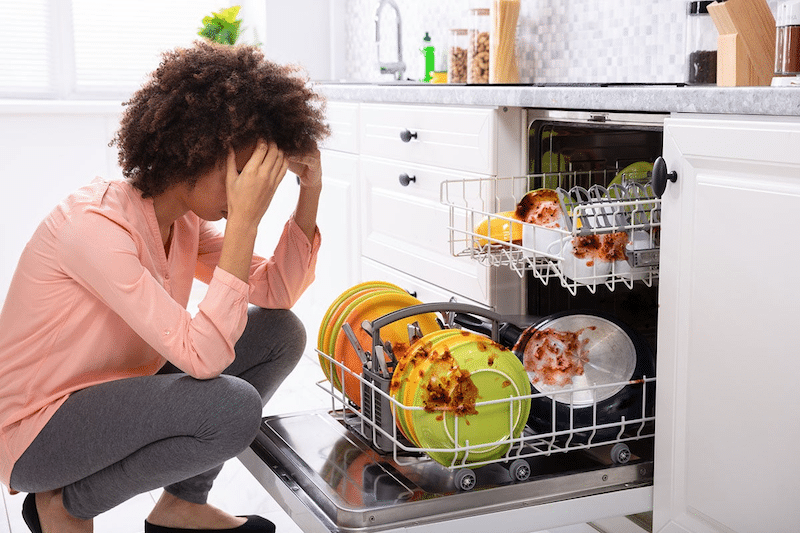
If there is water at the bottom of your dishwasher that needs to be removed, here is how you can do so:
- Catch any leaks under your dishwasher by lining the floor with cloth, paper towels or newspaper.
- Use a measuring cup or large ladle to transfer the water from the bottom into a bowl or sink.
- When the water is too shallow to scoop, use a cloth or paper towel to soak up the moisture.
Conclusion
If your dishwasher isn’t draining properly, there are a few things you can try to fix the problem. First, check the drain hose to see if it’s kinked or blocked. Then, clean or replace the dishwasher’s filter. You can also try using vinegar and baking soda to clear any clogs in the drain.
Need A Plumber?
If you’ve tried all of these things and your dishwasher still isn’t draining, it’s time to call a plumber. A plumber can help to identify the cause of the problem and get your dishwasher working properly again
At MD Sewer & Plumbing, we have years of experience helping homeowners with their dishwasher problems. We’ll be able to quickly identify the cause of the problem and get your dishwasher working properly again. Contact us today to schedule a consultation.

